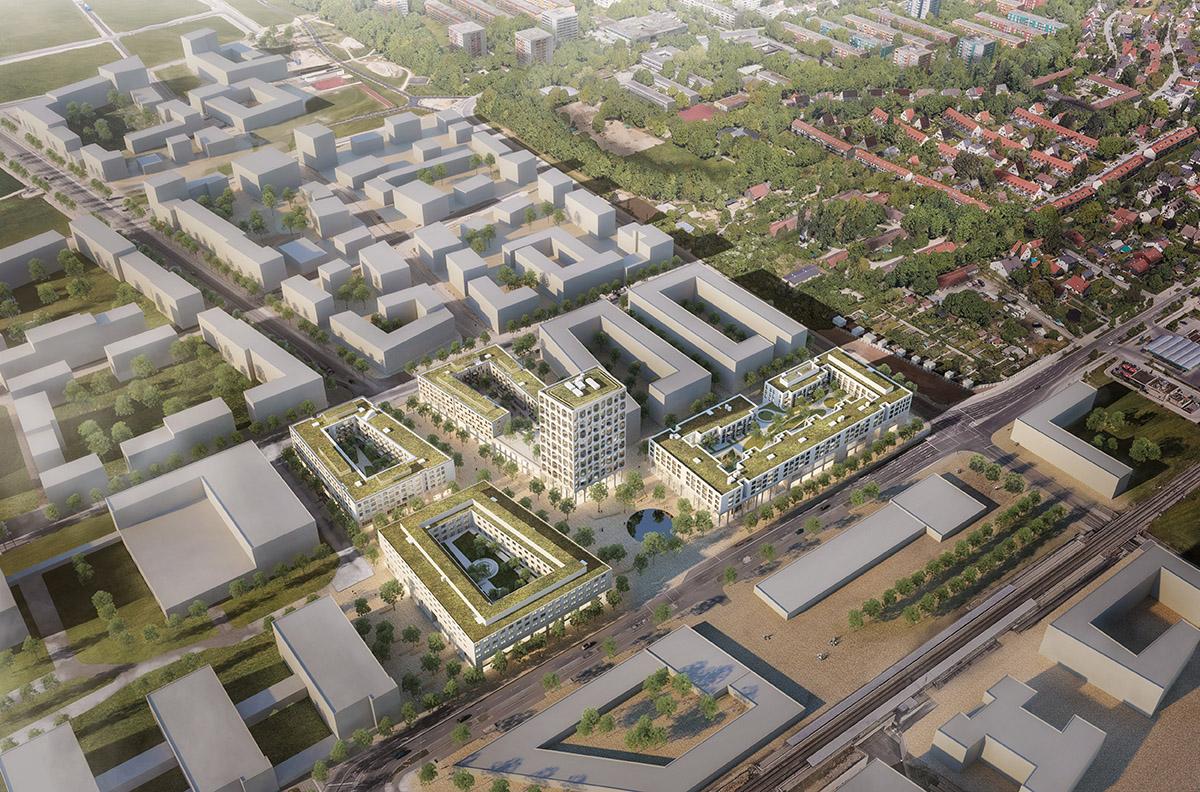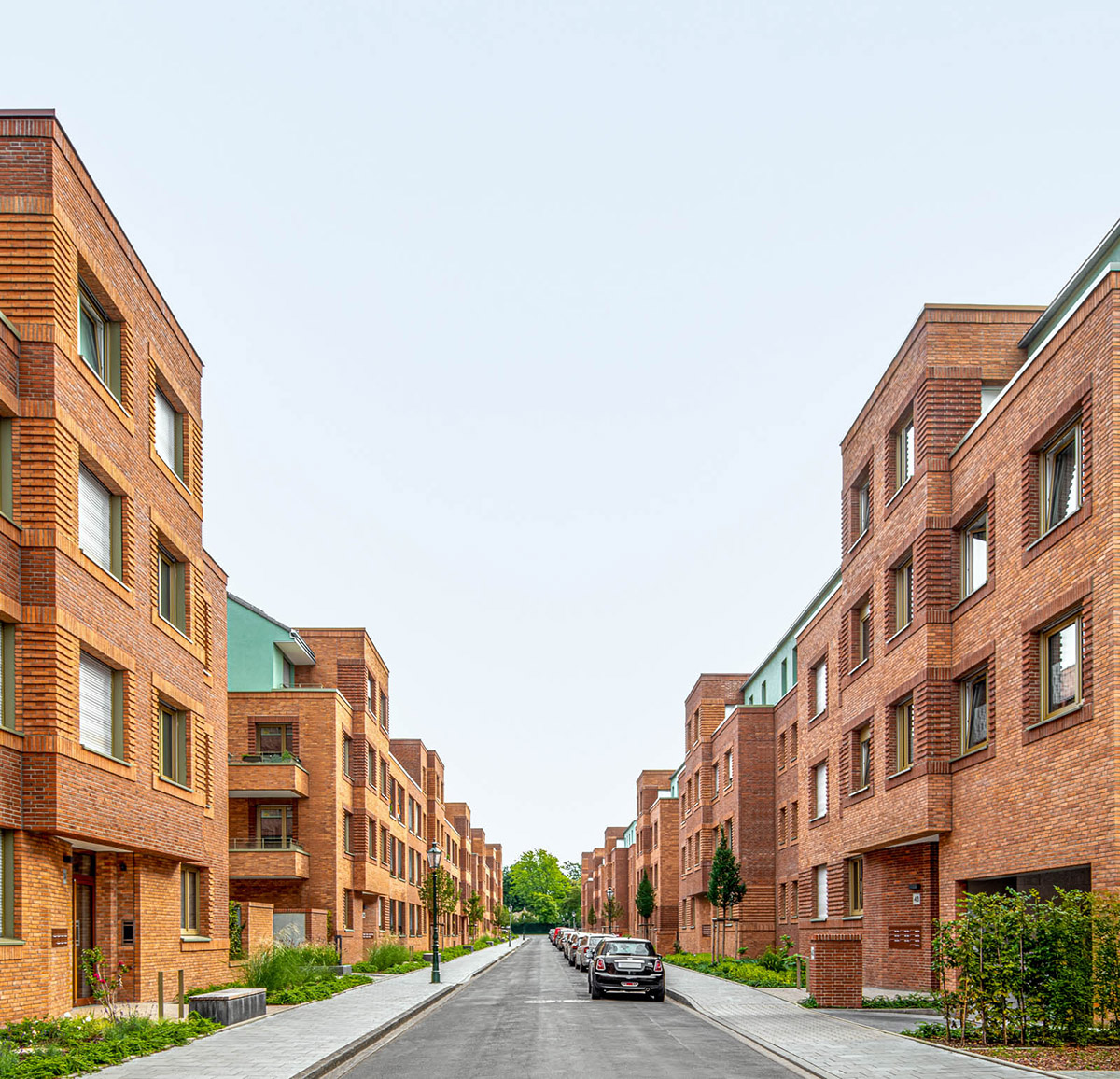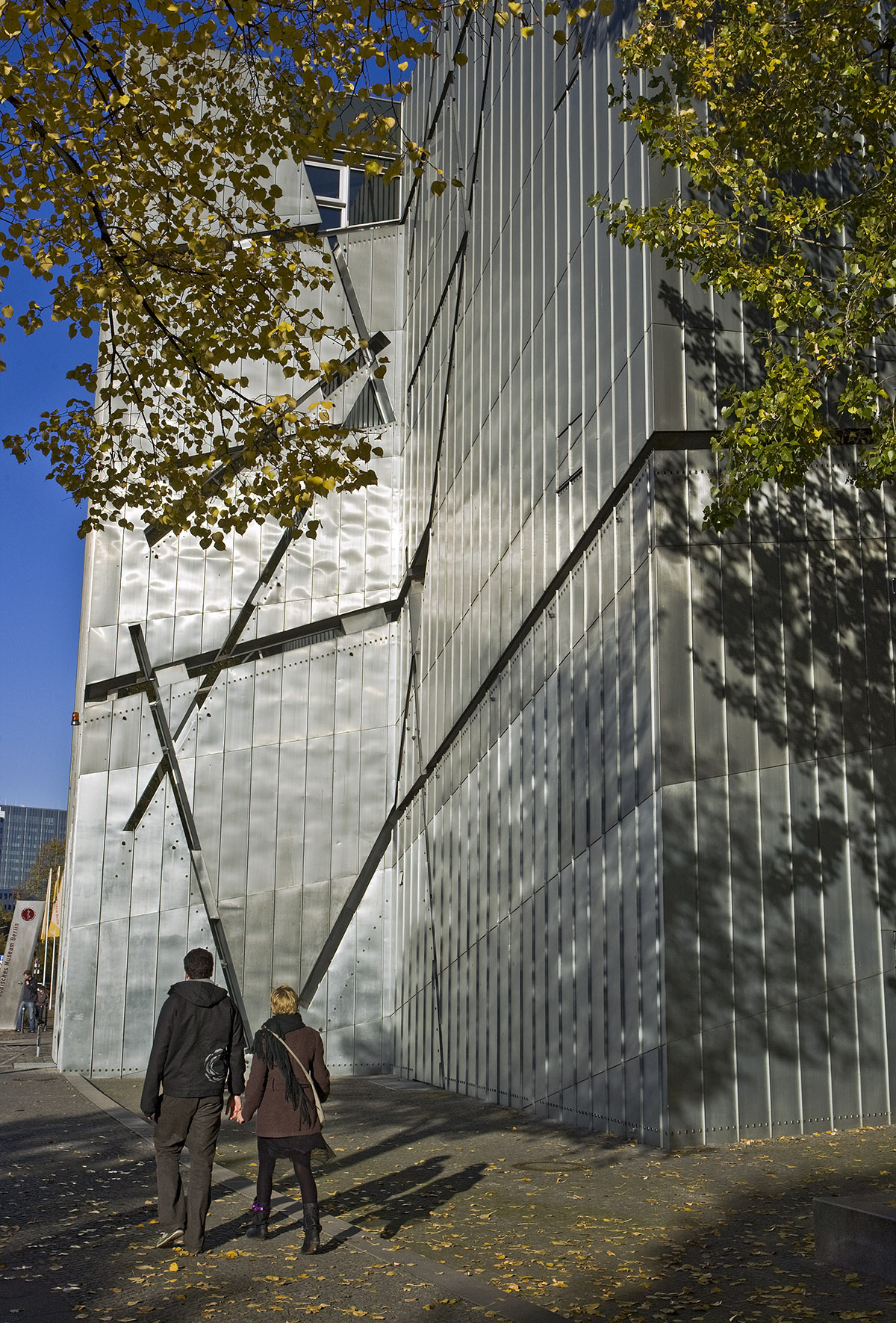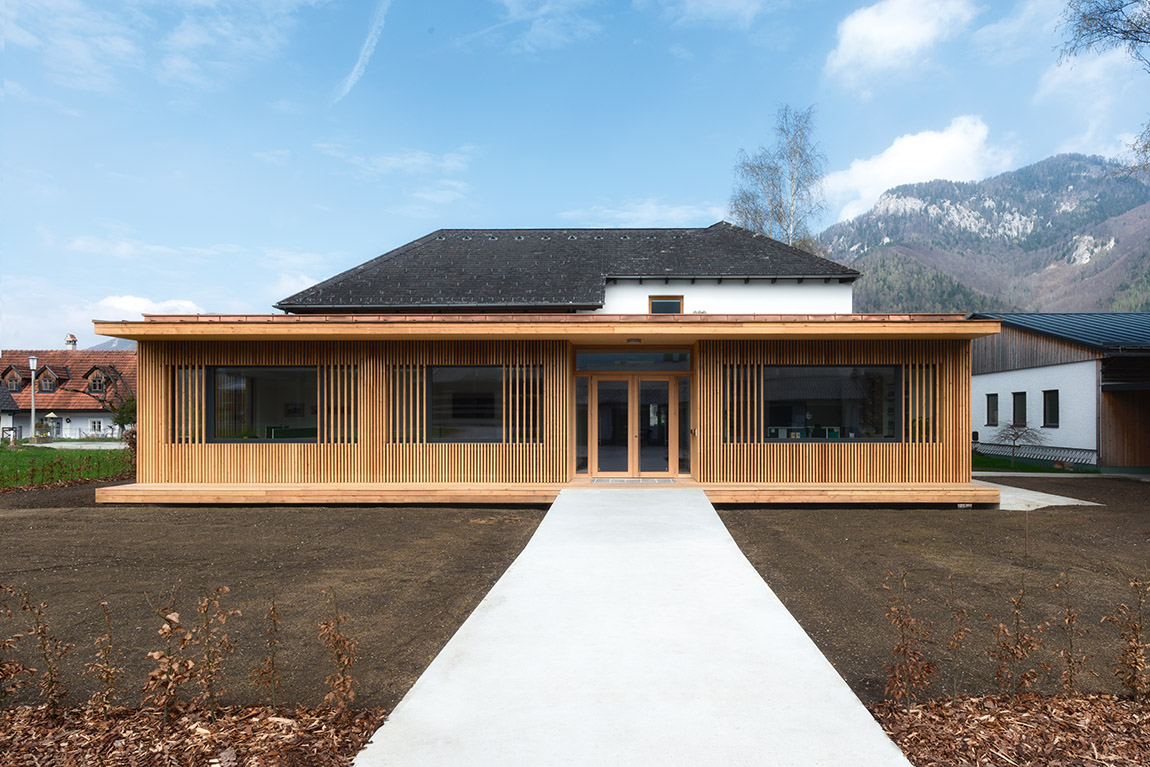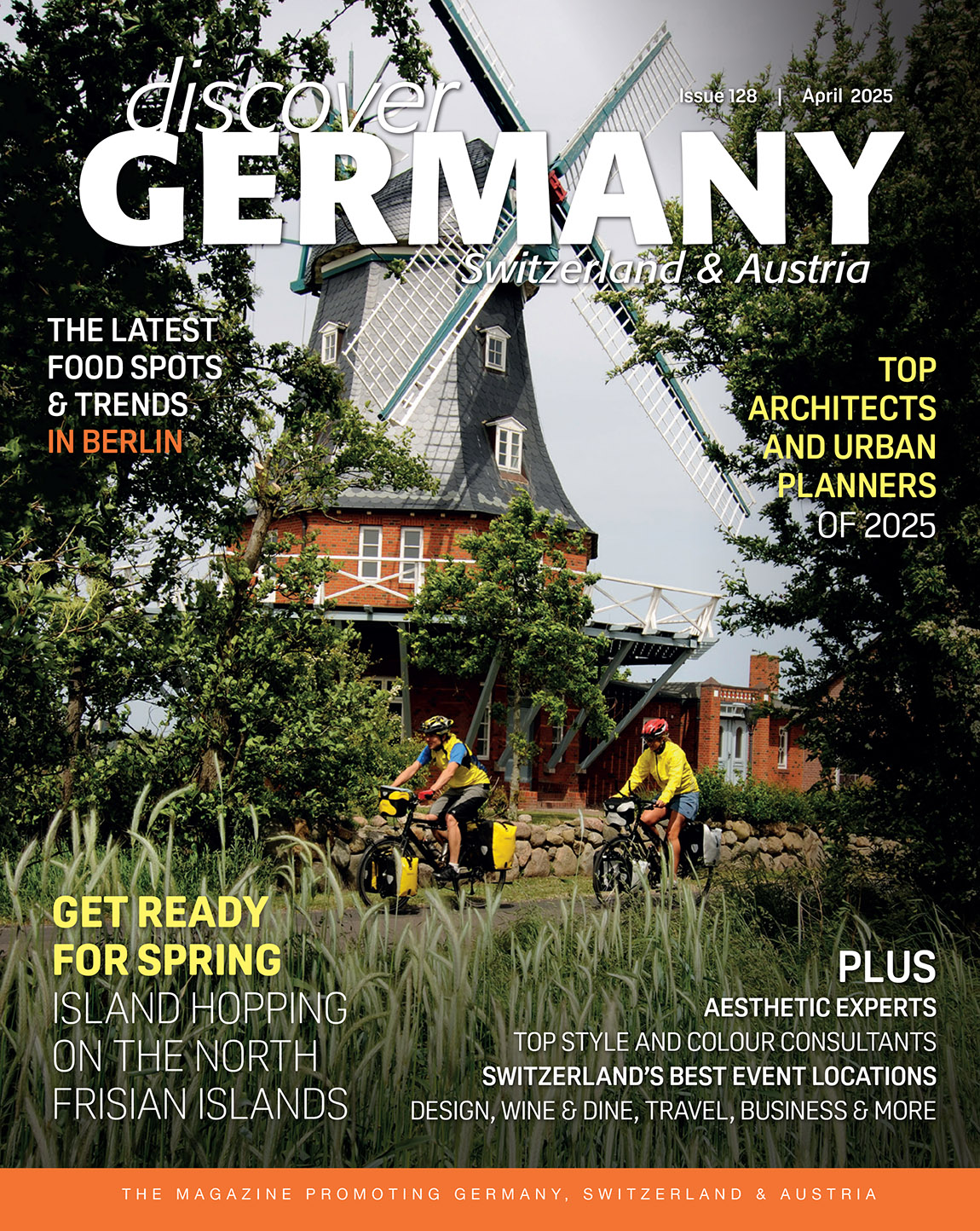Architecture Made in Germany

The well-known label “Made in Germany” stands for quality, perfection and reliability.
Does contemporary German architecture reflect this image as well?
In contrast to other European countries, where most of the newly built architectural projects are gathered in the capitals, modern German architecture is quite widespread over the whole country. Not only Berlin, Hamburg and Munich are worth visiting from an architectural point of view, but also cities like Dresden and Leipzig in the former east. With the new Albertinum, the architect Volker Staab enriched Dresden’s museum architecture, while in Leipzig, Peter Kulka added an annex to the museum of contemporary art in contrast to an existing building that he refurbished. Transformation is one of the key issues in German architecture nowadays. It seems to be a German speciality to analyse the existing built environment and to combine it with a new interpretation. This gives the
projects a connection to their setting and a social relevance.
Key attributes in German architecture are its high energy and climate standards. Especially for the above mentioned modernization projects or building types like schools and other public buildings, energy saving is a great challenge. The goal is to reduce the energy consumption in an efficient yet aesthetic way. The iconic Städelmuseum by schneider + schumacher in Frankfurt, for example, is achieving green building standards. For the façade of the art museum Ravensburg, Lederer Ragnarsdóttir Oei from Stuttgart used recycled bricks. And Meixner Schlüter Wendt reconfigured the viable parts of a derelict church, while creating a community centre and a new public church yard. Many exhibitions and panel discussions at the German Centre for Architecture DAZ Berlin, as an initiative of the Association of German Architects BDA, the German ArchitectureMuseum Frankfurt or the Architecture Museum Munich, promoted the connection between existing and new buildings, low energy use and aesthetics, as well as social and regional aspects.
By The Association of German Architects (BDA), published in Discover Germany issue 2 – April 2013 | Photos: BDA
Subscribe to Our Newsletter
Receive our monthly newsletter by email
